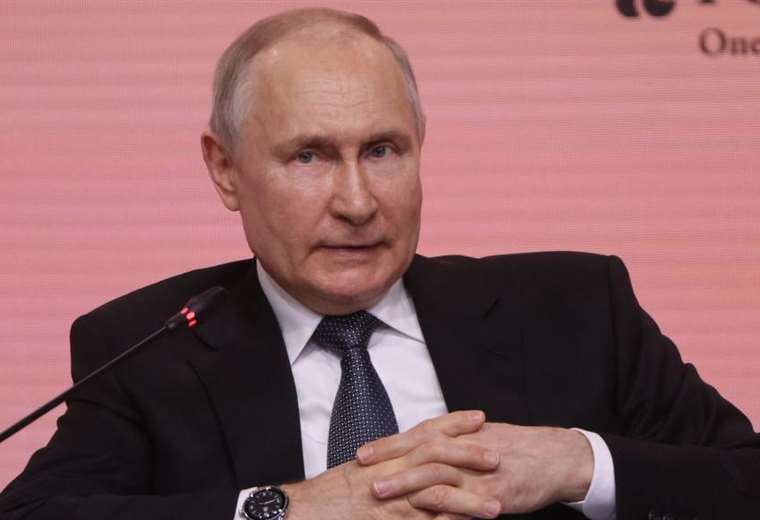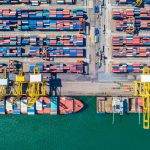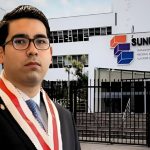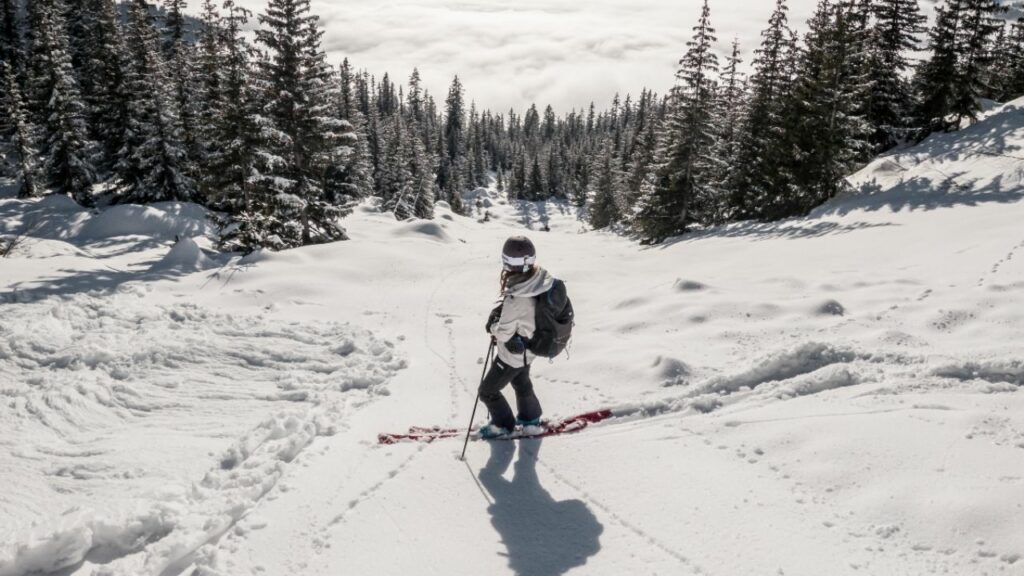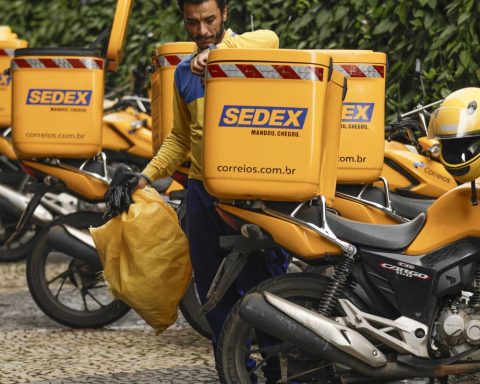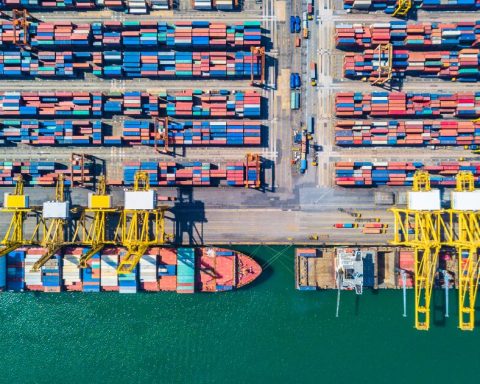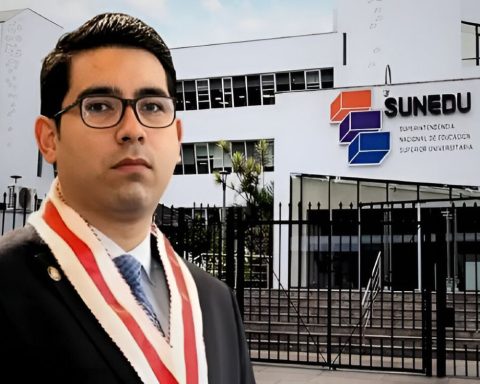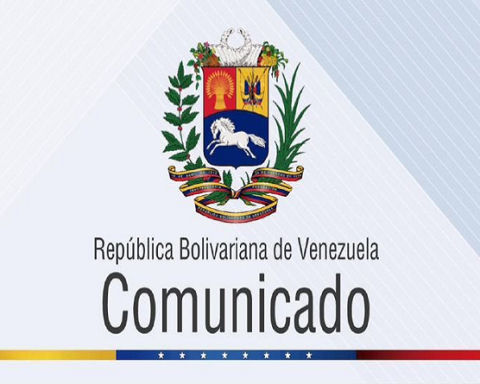July 1, 2023, 11:51 AM
July 1, 2023, 11:51 AM
Where is Vladimir Putin?
It is a question that many of us asked ourselves on Monday, two days after the dramatic insurrection of the Wagner Group in which a convoy of mercenary fighters headed for Moscow, the Russian capital.
On Saturday night, a spokesman for the Russian president announced a deal to end the Wagner Group mutiny, but when would Putin dare comment on the controversial deal?
It was controversial because the Wagner Group mercenaries rose in revolt, seized military sites (with apparent ease), and then marched on Moscow; some Russian air force pilots were killed in the mutiny.
However, the Kremlin had agreed not to prosecute the Wagner Group fighters or their leader. Yevgeny Prigozhin in exchange for canceling the insurrection.
Over the past week, President Putin has made a series of unusual public appearances, all televised, in an apparent attempt to steady the ship.
Monday: Addresses the Nation
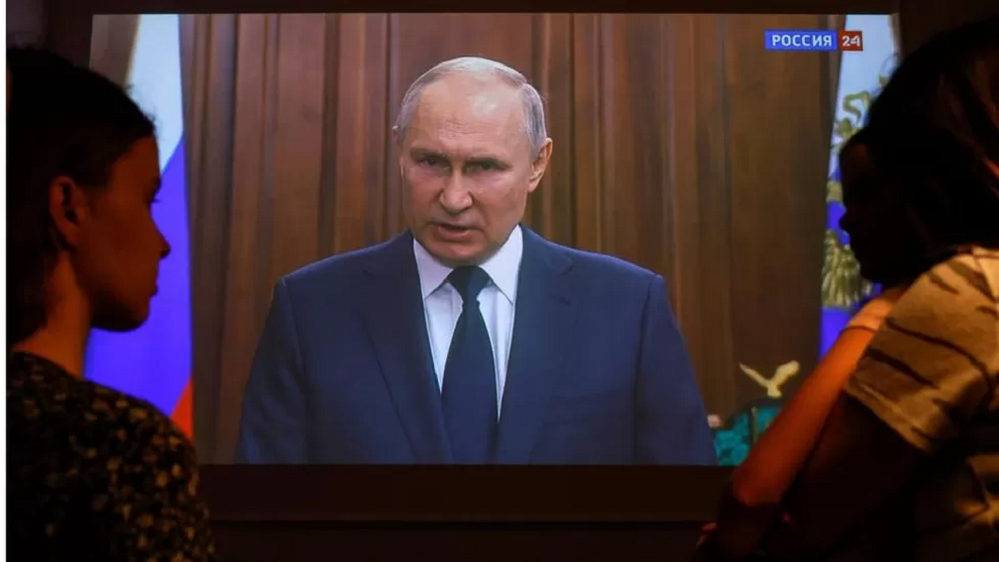
On Monday we heard from Yevgeny Prigozhin, who presented his version in an audio message posted online.
He said that his men went to Moscow to “hold accountable” to Russia’s leaders, whom he blamed for making “mistakes” in the Ukrainian war.
Then, late at night, it was reported that President Putin was going to address the nation.
It appeared on television screens after 10:00 p.m.
Giving a speech late at night is very unusual.
It was rumored on social networks that it would be a speech that “will decide the fate of Russia.”
Fearful, many turned on Russian television to hear the president speak.
It quickly became clear that the intervention would not decide the fate of the country. There were no major announcements.
But the five-minute speech provided clues as to how the Kremlin will profit from the dramatic events of the weekend.
Putin painted a picture of a Russia that has come together to defeat the betrayal of the Wagner Group leaders.
He tried to get everyone on his side: he thanked the Russian public, Russian officials, religious leaders, the Russian armed forces and its security services.
Tuesday: Face the troops
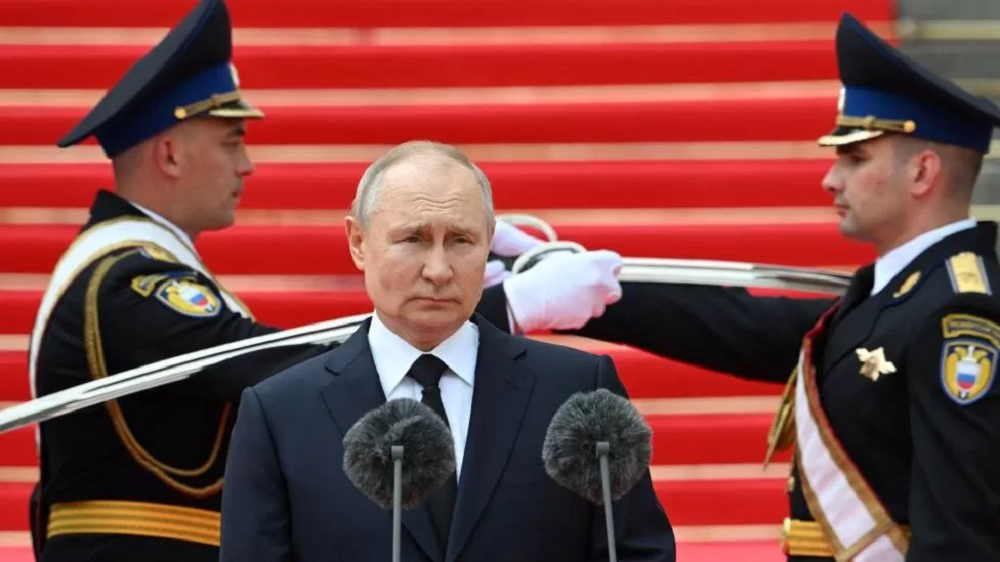
On Monday it was updated.
On Tuesday morning he prepared to restore his authority.
In a hastily organized event, the Russian authorities put on a lot of pomp and ceremony.
Some 2,500 soldiers, the Russian guard and security officials lined up in the Kremlin’s Cathedral Square. It is the place where the coronation processions (and funerals) of the Russian tsars were held.
With presidential fanfare, Putin walked down the many Kremlin steps to the square (with the red carpet all the way, of course) and against the backdrop of the domes of the Kremlin’s cathedrals.
The President and the Commander-in-Chief delivered a speech to their troops.
But even before he started talking, the pictures said it all.
The visual message clearly wanted to present Russia as a country uniting behind Vladimir Putin.
It’s almost as if they want the Russians to think that the Church, the military and the president are interrelated, and part of a whole.
In his short speech, President Putin reaffirmed that Russian society has come together after the riot.
But most of what he said was praise for his army for “stopping a civil war.”
A minute’s silence was held for the air force pilots who died. The president paid his respects but has yet to address the question of why fighters have not been prosecuted for the deaths.
Wednesday: up close and personal
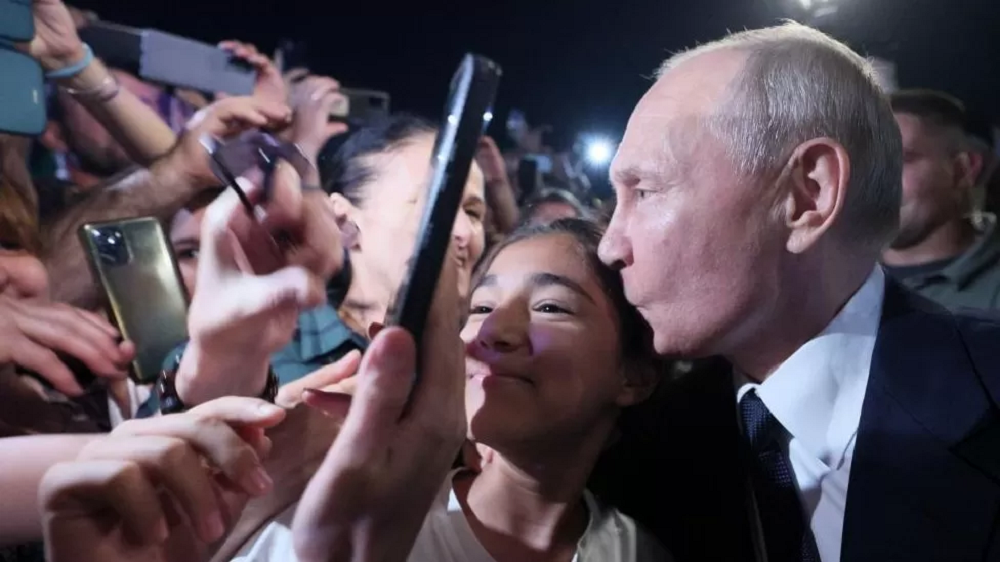
Probably the most surprising Putin video of the week, perhaps the year, surfaced on Wednesday.
We saw a very different Putin than we usually see, in terms of approaching crowds.
The official reason why President Putin visited Dagestan was to chair a meeting on domestic tourism.
But it was not the meeting that dominated the news bulletins later on Russian television.
It was the crazy scenes that took place there.
The Kremlin leader was seen being harassed by a mob of supporters in the city of Derbent.
We have grown accustomed to seeing Vladimir Putin keeping his distance from those with whom he comes into contact.
Remember the long tables in the Kremlin with Putin sitting safely at one end and his guests at the other?
Not here. In Dagestan she kissed children, hugged women, shook hands and posed for photos.
State television enjoyed it.
“Screams, squeals, applause,” exclaimed the host of a popular talk show on the Russia-1 channel.
“Even rock stars don’t get this kind of welcome. The West mocks that after the Prigozhin mutiny the president has weakened. This shows that the opposite is true.”
Putin’s behavior was very strange. But on the other hand, nothing feels particularly normal in Russia anymore.
The Russian president had just survived an armed riot. He perhaps felt the need to show the country, the political elite and himself that he still has a following.
A “spontaneous” expression of public worship would fit perfectly in these circumstances.
Thursday: standing ovation… and doodles
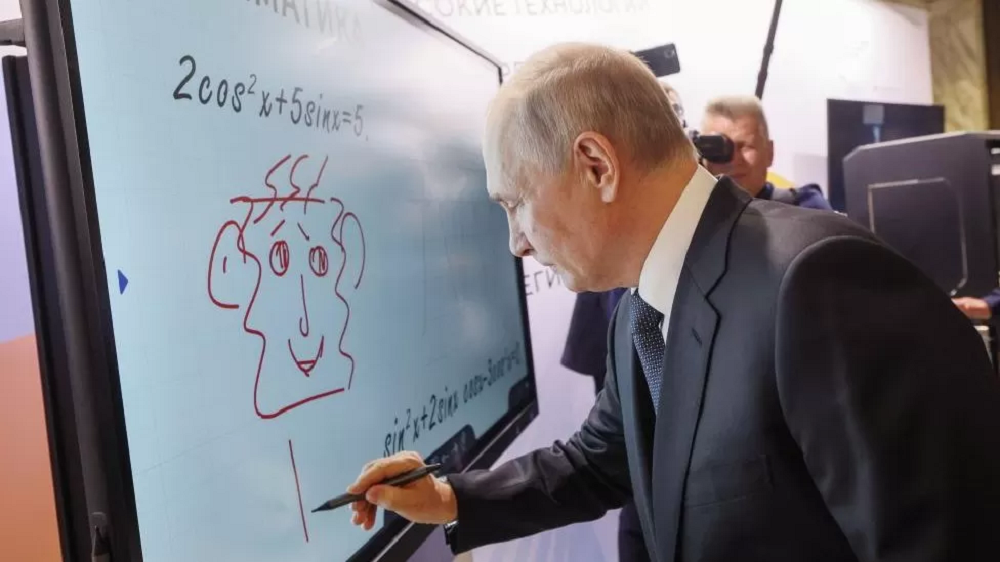
President Putin attended a business conference on Russian brands in Moscow. It wasn’t exactly another rock star moment.
Still, any opportunity is a good one to try to show that you are in charge and that you have the support of the people.
The Russian president was applauded upon entering the room. He sat and listened to one of the organizers as he gave a keynote address.
“Vladimir Vladimirovich, together with you and the whole country, we too lived the events of June 24 (the riot) with anxiety,” he said, addressing Putin. “We are all with you and we all support you.”
As if to demonstrate it, the delegates gave a standing ovation to Vladimir Putin.
From the same event, there is another slightly stranger video. The president scribbling on an interactive whiteboard.
The result was a cartoonish red face with three locks of hair.
It is a curious image of a leader who has learned the art of political survival.
Screaming fans and a standing ovation. With these types of images, the Kremlin leader tries to show that has regained control.
He even had time to doodle.
After the riot, we have witnessed a turbocharged Putin this week.
It was here and there, it seemed to be everywhere.
It was almost as if he had started his campaign for re-election (his presidential term expires next year).
But the positive images do not change the fact that the rebellion took the Kremlin by surprise.
It was a threat. The Wagner Group fighters were on their way to Moscow when the mutiny was called off. It was an unprecedented challenge to Putin’s authority.
And the long-term consequences are still unclear.
————————————————– ———————————————-
Remember that you can receive notifications from BBC Mundo. Download the new version of our app and activate them so you don’t miss out on our best content.
